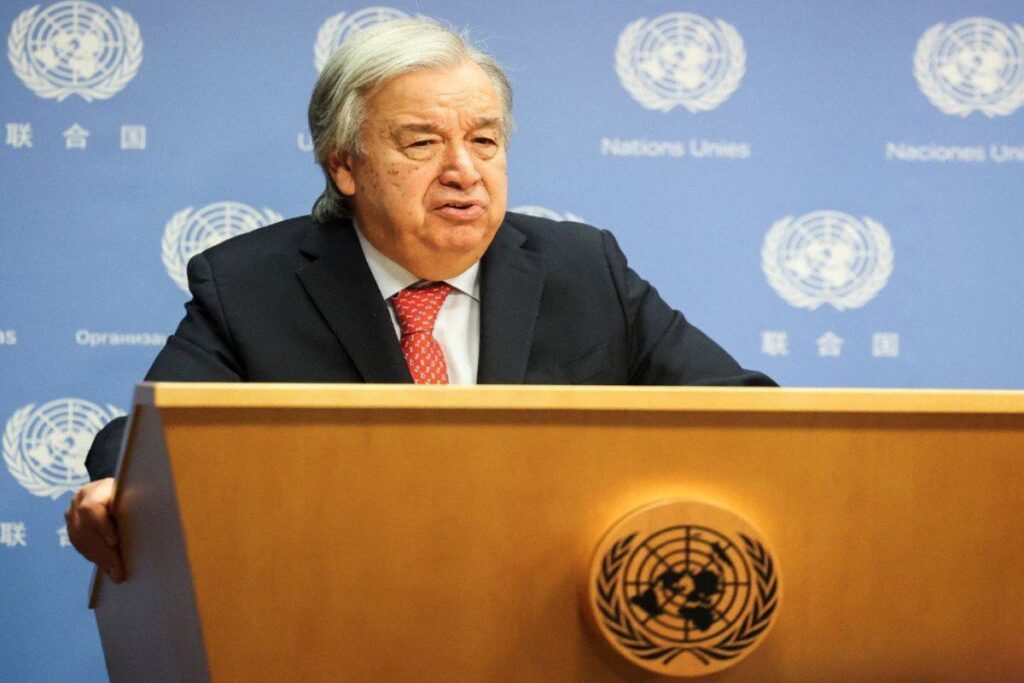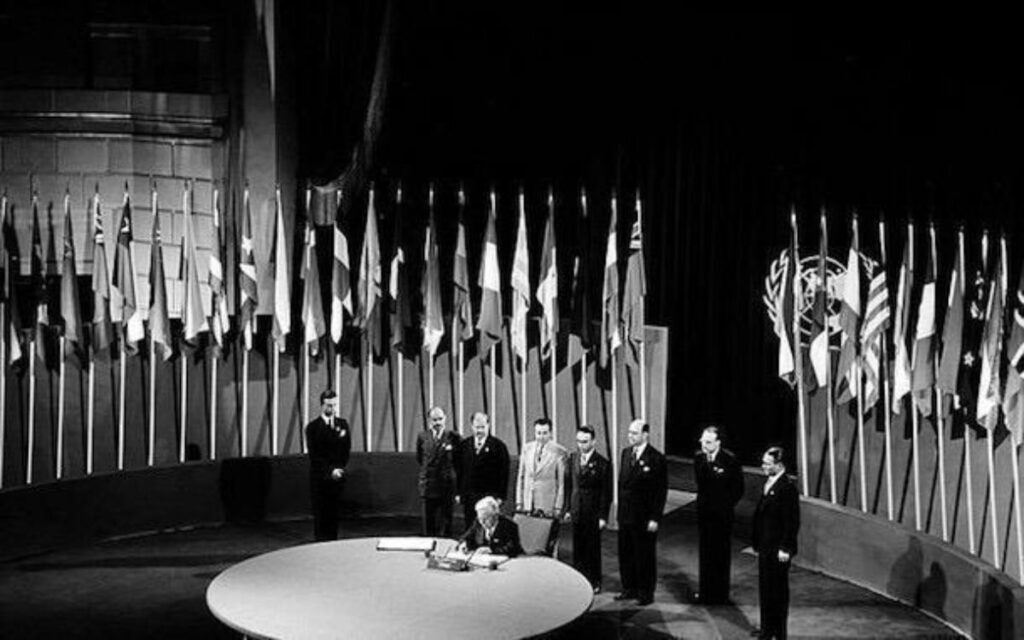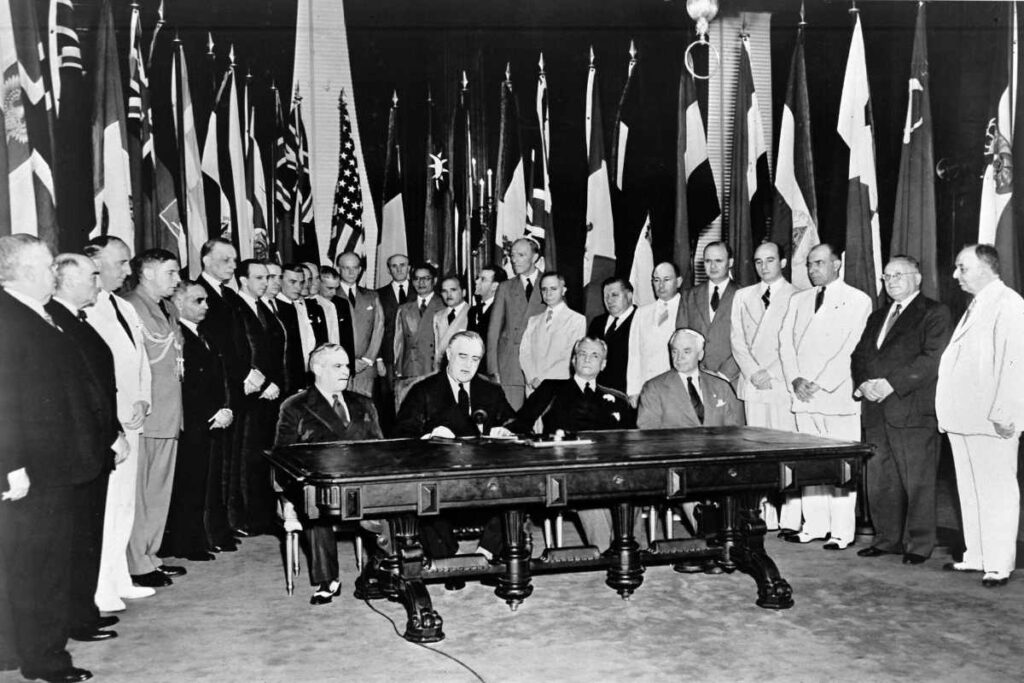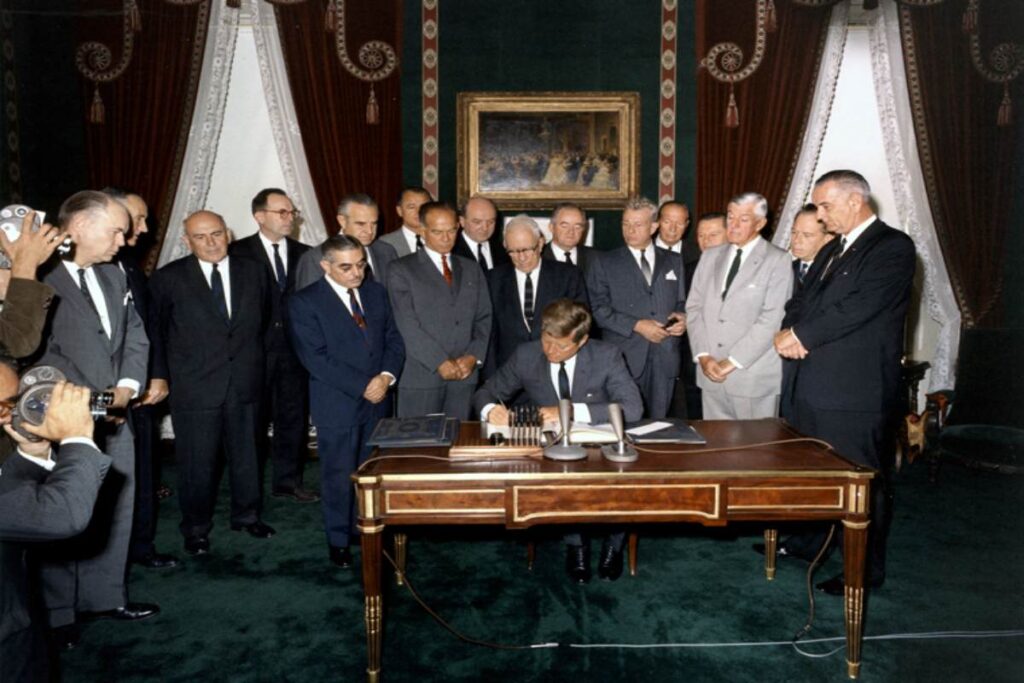Have you ever imagined a world without international conflicts, the rolling of armoured tanks, or the blast of bombs? Humanity has, for many centuries, worked to achieve peaceful coexistence among nations. But the more we try, the farther the prospects of global peace drift away. The big question remains, “Is world peace possible?”
Here, we will take a look at historical events to find our answer. We would examine humankind’s best efforts at bridging the gap across borders, from the Partial Test Ban Treaty to the Treaty on the Prohibition of Nuclear Weapons (TPNW). We will assess the success of these moves and how closely they aligned with their objectives.
The Endless Search for Global Peace
Many events have united the world in the past. From large viewership World Cups that attracted massive audiences, to the Super Bowl, which has entertained Americans, and Pokémon GO festivals that have brought gamers together in various cities worldwide, billions of people have shared a passion and joy.

Despite these lovely moments, conflicts have continued to plague our communities and extend to the international scene. After the curtains closed on the Second World War, world leaders put their heads together and came up with brilliant ideas to end the never-ending cycle of international hostilities.
These were defining moments in history. Those were the days when we believed humanity had a chance at achieving world peace. The first significant post-World War II effort was the establishment of the United Nations (UN).
The Birth of the United Nations (1945)
Still reeling from the devastation of World War II, world leaders established the United Nations. It was a global body whose role was to mediate between future conflicting nations and conduct negotiations in the interest of peace.
Formed on October 24, 1945, the United Nations replaced the League of Nations, a similar body previously established for similar objectives. The UN was, however, envisioned and designed to be a more effective global collaboration.
The United Nations was also tasked with managing a peacekeeping force composed of military personnel from member nations. These forces have been sent to stabilize volatile regions and calm tense security situations.

One example was the 1960 peacekeeping mission to the Congo in Central Africa. Over 3,000 troops were deployed to protect civilians and support humanitarian efforts during a crisis. The UN has also facilitated the surrender of arms and ammunition of major players in conflict situations.
So far, the United Nations has been relatively successful. But it hasn’t been able to stop many wars, such as the Russia-Ukraine war and the Israel-Hamas war.
Partial Test Ban Treaty (1963)
To mitigate Cold War tensions between the United States and the Soviet Union, world leaders devised a means to bind both parties to a path of peace. The solution was the Partial Test Ban Treaty (PTBT) of August 5, 1963.
The treaty was signed after the world came its closest to a nuclear weapon standoff. Before the treaty was drafted and signed, the hostility between the United States and the Soviet Union had reached frightening levels. The USSR deployed nuclear missiles in Cuba.
This act of provocation on a neighbouring U.S. soil sparked threats of retaliatory moves from the Americans. There had previously been global health concerns following both nations’ flexing their nuclear muscles with multiple weapons tests.

However, the treaty, signed by the Soviets, the United States, and the United Kingdom, calmed the situation. The treaty mandated all nuclear tests to be done in underground facilities and not in the atmosphere or underwater. This was aimed at reducing the risk of radioactive pollution.
Despite its success in keeping key nations from infecting the atmosphere and sparking global nuclear wars, the treaty has been limited. Its reach hasn’t extended to non-signatories like France and China, who have carried out atmospheric testing since then.
Non-Proliferation Treaty (1968)
Nineteen hundred ninety-one countries are now part of the Non-Proliferation Treaty (NPT). Signed in 1968 in response to the growing number of nations with nuclear capability, the agreement aimed to halt the further acquisition of nuclear weapons.
The treaty also aimed at promoting the peaceful use of nuclear energy. Also, it barred the countries that already had nuclear weapons – the USA, Russia, China, UK, and France from transferring them to countries without nuclear weapons.
The countries without nuclear weapons also agreed not to acquire them. If they had any other reason to develop nuclear materials, for example, for energy generation, they had to do so under the supervision of the International Atomic Energy Agency (IAEA).

To a large extent, the treaty has been a success. Aside from India, Israel, Pakistan, and North Korea, who have gone ahead to acquire nuclear weapons, and Iran, which has recently been reported as building one, the other parties have played ball.
Camp David Accords (1978)
Israel and Egypt used to be arch-enemies. But not anymore. Thanks to the Camp David Accords of 1978. Brokered by then-President Jimmy Carter, the agreement brought considerable peace to the Middle East.
Under the treaty, Egypt agreed to recognize the state of Israel. In return, Israel forfeited control of the Syrian Peninsula, which it seized in 1967. Both nations also agreed to develop a program to grant the people of Palestine greater freedom.
Although the Palestine agenda is yet to be implemented, the agreement has led to strong economic and political ties between Israel and Egypt. Egypt’s participation was heavily frowned upon by the other Arab nations. But Egypt has remained proud of its decision.
Treaty on the Prohibition of Nuclear Weapons (2017)
In response to the slow pace of implementation of the Non-Proliferation Treaty, a group of nations decided to sign another agreement. Then came the Treaty on the Prohibition of Nuclear Weapons.
Signed in 2017 but activated in 2021, the treaty banned all activities relating to nuclear weapon testing, development, and use. The over 70 signatories also agreed to offer assistance to victims of nuclear testing and use.

Although the parties to the agreement don’t include any nation with nuclear weapons and there are no enforcement plans backing it, the treaty has further consolidated the NPT. It has put more pressure on member nations not to acquire nuclear weapons.
Abraham Accords (2020)
In 2020, the Middle East took yet another giant step towards peace. Thanks to the then-President of the United States, Donald Trump, who brokered the treaty, several Arab states met at the diplomatic table to agree on one of the most significant deals ever reached in the region.
The primary objective of the accord was to solve the challenge of recognizing Israel’s claim to nationhood. The Arabs had taken sides with the Palestinians, who have been Israel’s bitter competition for land. Only Egypt and Jordan recognized the state of Israel.
At the end of talks, the United Arab Emirates, Morocco, Bahrain, and Sudan restored or repaired diplomatic ties with Israel. Israel made some concessions in return.
For example, Israel agreed to pull back from its plans to annex a disputed portion of land called the West Bank, which the Palestinians have for decades contested. This was the price for restoring diplomatic ties with the UAE.
Aside from the restoration and revival of diplomatic ties, Israel and the Arab nations agreed to foster collaborations in commerce and security. Although the plan was hindered by Iran’s refusal to participate, it essentially turned out to be a success.

Also, the Israel-Hamas war has weakened the relationship between the signatories. But the parties have already made significant gains that have continued to keep their bonds intact. Hopefully, the bond endures for many years to come.
Is World Peace a Tall Order?
Despite these peace initiatives and more, world peace has remained elusive. There have been a series of international conflicts since the Second World War, which have claimed the lives of hundreds of thousands.
There have been conflicts between Russia and Ukraine, Israel and the Palestinian terrorist group Hamas, India and Pakistan, and more recently, Israel and Iran. These examples show that treaties and peace agreements are not enough to secure global peace.
But nothing is impossible. Policy makers are still hopeful of a warless world. Hopefully, more warring countries will meet at the negotiation table and shake hands.

